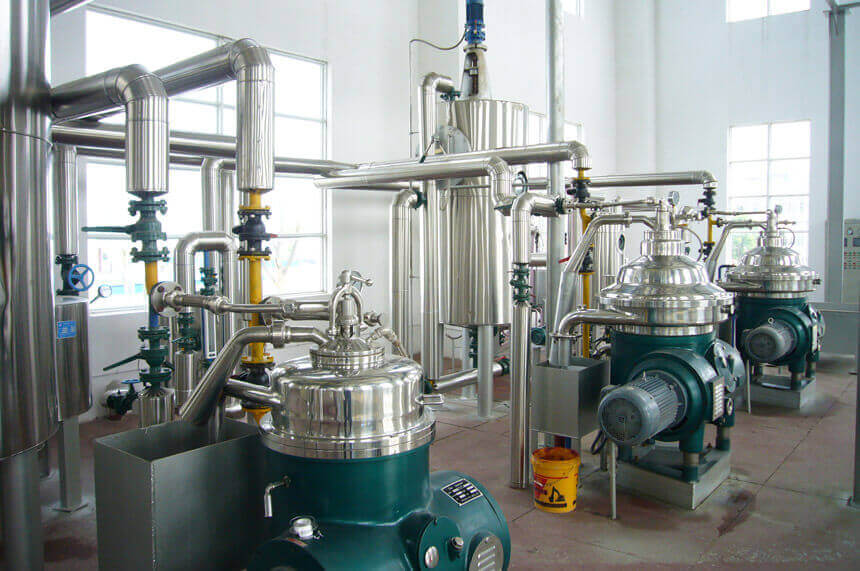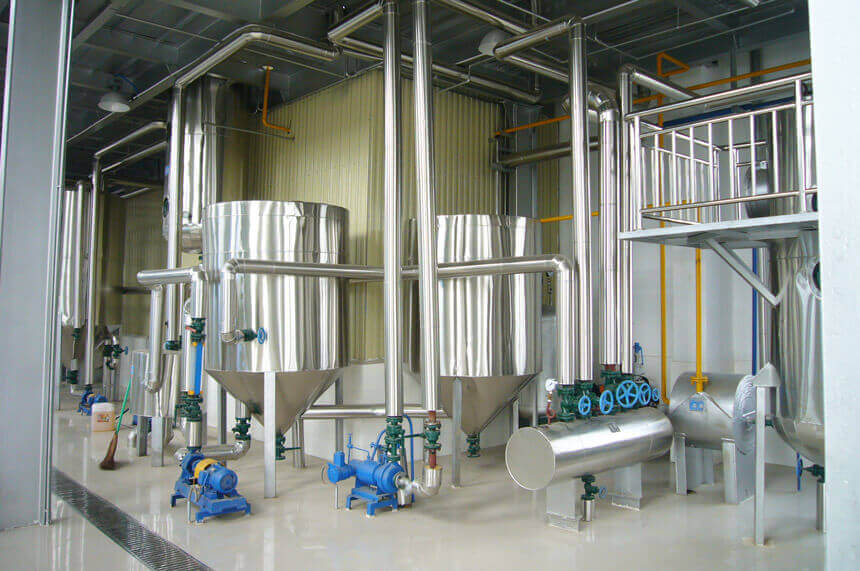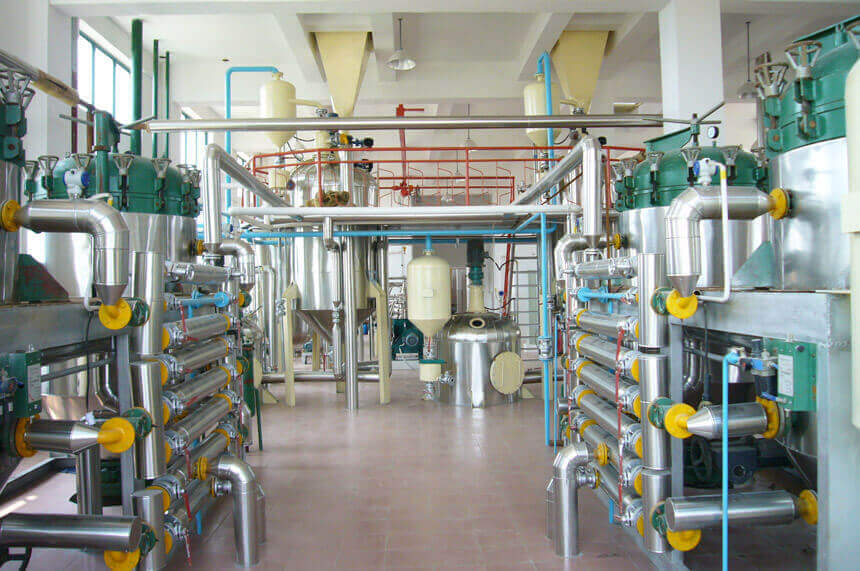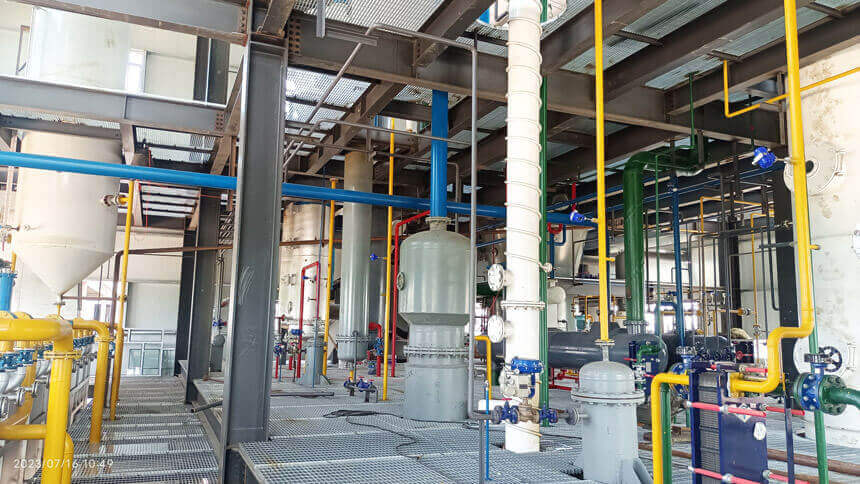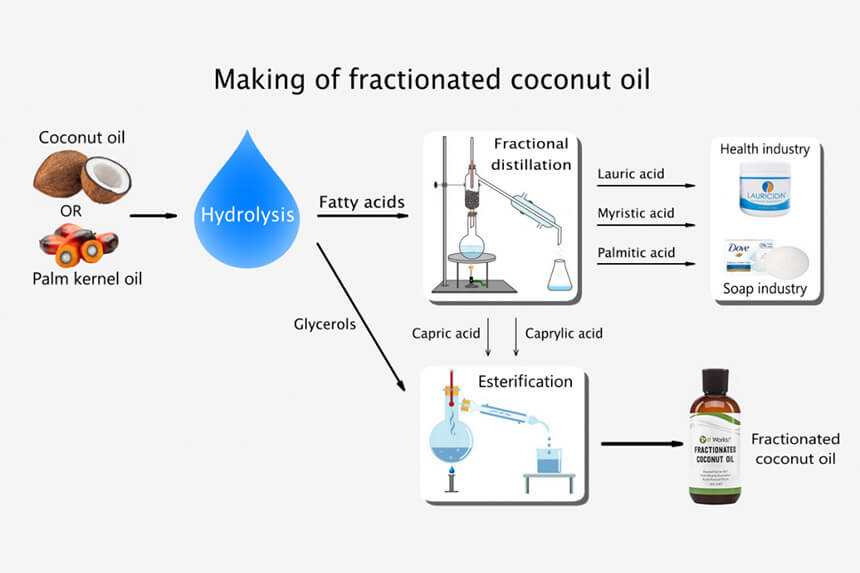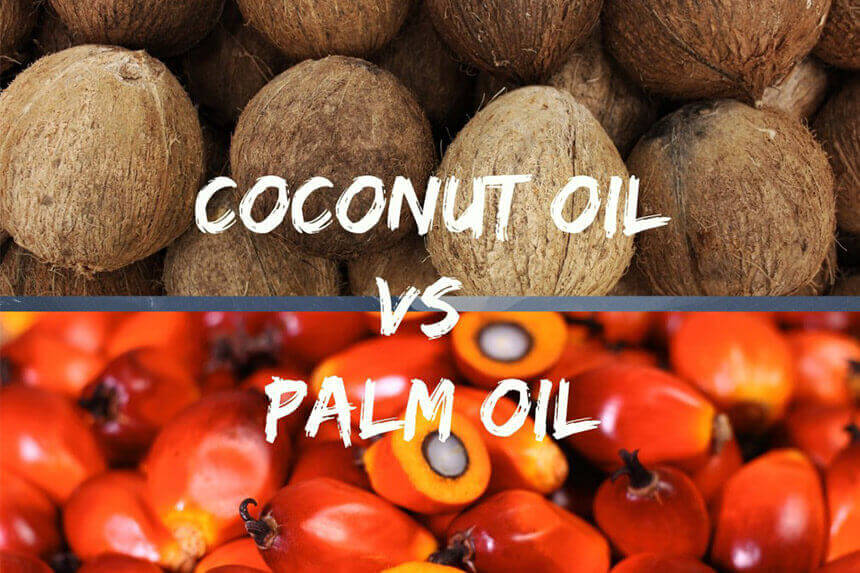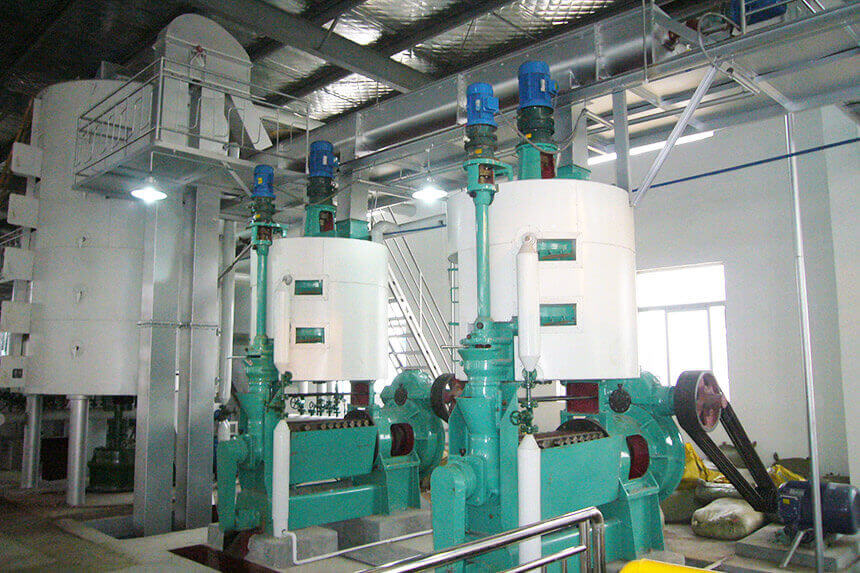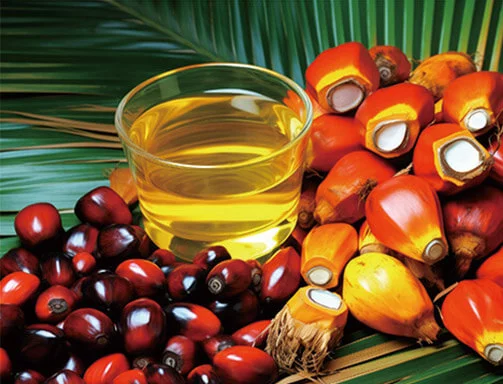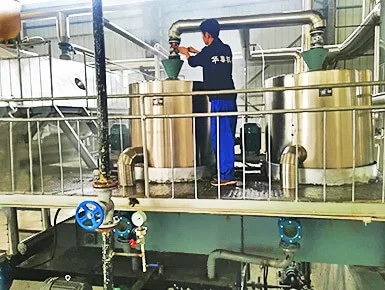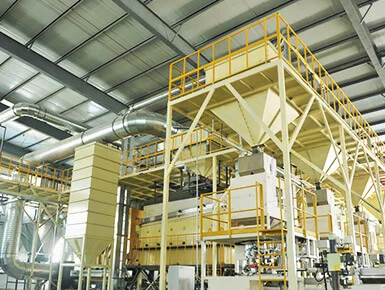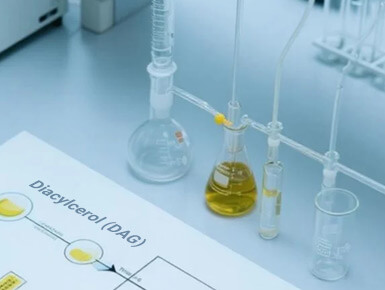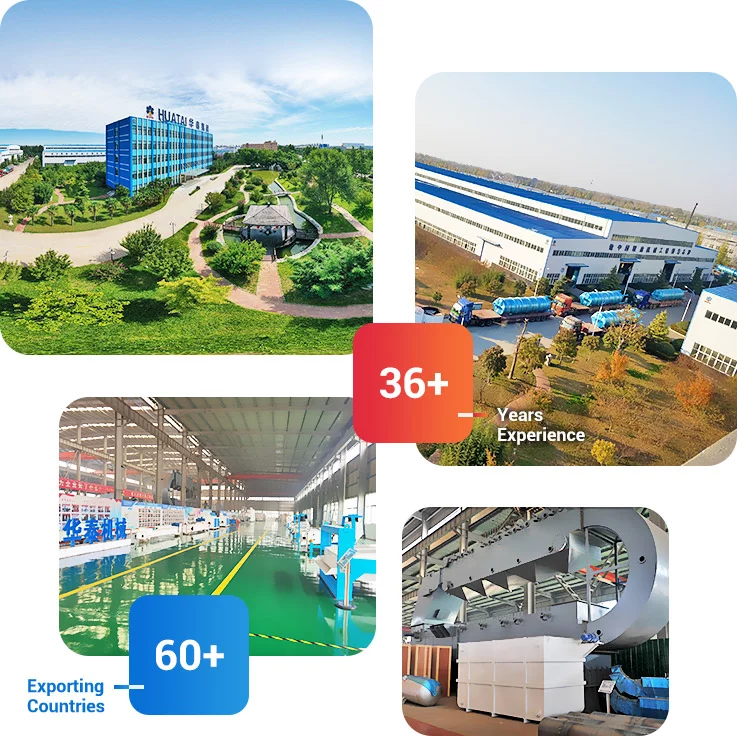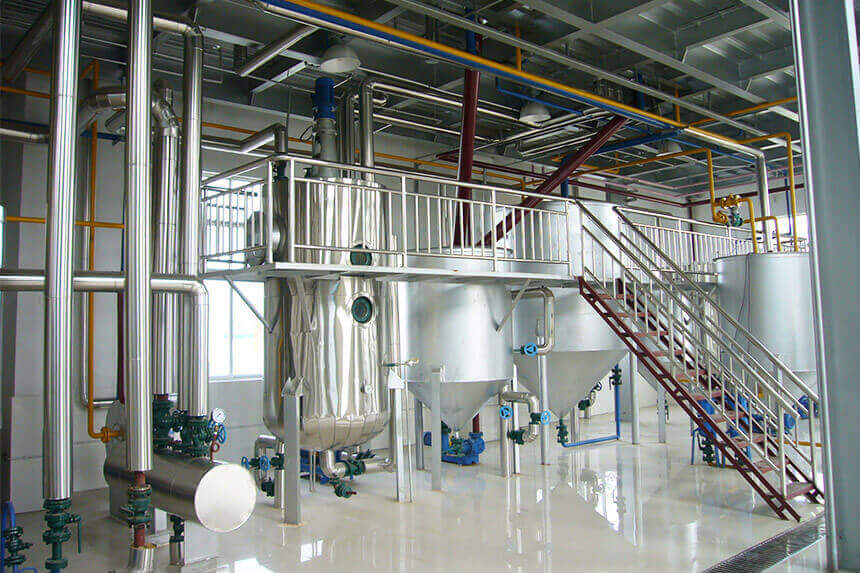
Introduction
Because crude coconut oil extracted from copra contains impurities. So, it need refining. The coconut oil refining process involves degumming, deacidification, bleaching and deodorization to remove impurities. Finally get clear, odorless, and stable oil.
Henan Huatai Intelligent Equipment Group coconut oil refinery machine efficient and consistent, can produce refined coconut oil used in cooking, industrial, and more. Welcome inquire any time!
![Degumming process in coconut oil refining]()
Step #1: Coconut Oil Degumming
Degumming removes phospholipids, proteins, and mucilaginous gums crude coconut oil. These impurities can cause cloudiness, spoilage, and off-flavors in final product.
In this step, heat crude coconut oil 60–80°C in degumming tank. Next, add phosphoric acid or citric acid (0.1–0.4% of oil volume), stire 50 rpm 30 minutes to coagulate gums.
Then, mix hot water (80–85°C) into coconut oil, hydrate phospholipids into insoluble gums. Finally, use centrifugal separator remove gums, leave partially purified oil.
Use Machines: degumming tank, centrifugal separator, and heat exchanger.
![Neutralization process in coconut oil refining]()
Step #2: Coconut Oil Deacidification/Neutralization
The second step, deacidification or neutralization, removes free fatty acids (FFAs) from the degummed coconut oil. FFAs can cause a sour taste, reduce oil’s smoke point, and lead rancidity. Deacidification Neutralization divide into physical neutralization and chemical neutralization, can lowers FFA content to <0.1%.
Chemical Neutralization
Add sodium hydroxide (NaOH) to degummed coconut oil, react with FFAs, get soapstock. Then, heat mixture to 70–90°C, separate soapstock. This method suit high FFA levels (>2%) oils.
Physical Neutralization
For low FFA (<2%) oils, steam distillation under high heat (240–260°C) and vacuum vaporizes FFAs.
You can choose deacidification way according to your needs and deacidification requirements.
Use machines: neutralization tank, centrifuger, vacuum distillation unit.
![Bleaching process in coconut oil refining]()
Step #3: Coconut oil Decolorization/Bleaching
After deacidification, coconut oil may still contain pigments (carotenoids, chlorophyll) and residual soaps, color is dark or yellowish. The bleaching also called decolorization, remove these to produce clear and light-colored oil.
Heat coconut oil at 90–110°C, then add activated charcoal or bleaching clay (0.5–2% of oil weight) into oil under vacuum. Use press filter or leaf filter filt mixture, yield pale yellow oil.
Use machines: decolorization tower, vacuum filter, leaf filter.
![Deodorization process in coconut oil refining]()
Step #4: Coconut oil Deodorization
Deodorization is final step in coconut oil refinery plant. It remove volatile compounds, such as aldehydes and ketones. Because these cause unpleasant smell or taste, so need remove. Process is below:
First, pump bleached coconut oil into deodorization tower. Then heat oil to 220–250°C, inject steam for 30–120 minutes under high vacuum (3–5 mbar). The final result neutral-tasting coconut oil.
Use machines: deodorization tower, vacuum pump, heat recovery system.
![Crude coconut oil refinery plant for sale]()
Conclusion
Overall, coconut oil refining process transform crude coconut oil into high-quality, RBD product through four steps: degumming, neutralization, bleaching, and deodorization. Each step is important to final result.
Investe in reliable coconut oil refinery plant or buy coconut oil refinery machine is crucial for consistent, high-quality production. Henan Huatai Intelligent Group has more than 37 years experience in edible oil refining process and our engineer can customize different scales of coconut oil production line and coconut oil processing machine according to your requirements. Looking forward to your visit!
![]() Service Coverage
Service Coverage
![]() FAQ
FAQ


